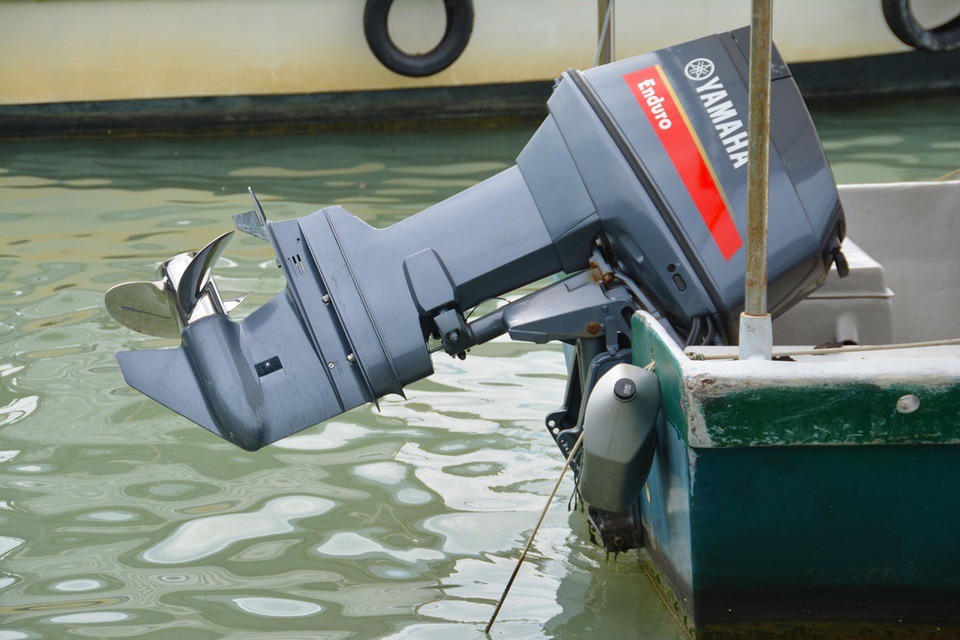With boatyards, backyards, marinas, and clubs now coming to life, spring commissioning time has arrived. Boat Owners Association of The United States (BoatUS) has a Spring Commissioning Checklist to help boaters start the season right:
Before You Launch:
- Hose clamps should be inspected and replaced as necessary. Double clamp below-waterline connections, including all hose and fuel lines with marine-rated stainless hose clamps and keeping seacocks closed when you are away are wise moves.
- Inspect cooling hoses for stiffness, rot, leaks and cracking. Make sure they fit snugly.
- Replace deteriorated sacrificial anodes.
- Inspect prop(s) for dings, pitting and distortion. Make sure cotter pins are secure. Grip the prop and try moving the shaft – if it’s loose, the cutless bearing (on inboard drive systems) may need to be replaced.
- Check the rudderstock to ensure it hasn’t been bent.
- Inspect the hull for blisters, distortions and stress cracks.
- Make sure your engine intake sea strainer is not cracked or bent from ice, free of corrosion, and is clean and properly secured.
- With inboards, check the engine shaft and rudder stuffing boxes for looseness. A stuffing box should only leak when the prop shaft is turning and needs to be inspected routinely.
- Inspect and lubricate seacocks.
- Use a garden hose to check for deck leaks at ports and hatches. Renew caulk or gaskets as necessary.
- Inspect bilge pump and float switch to make sure they’re working properly.
- Check stove and remote tanks for loose fittings and leaking hoses.
- Inspect dock and anchor lines for chafing.
- If equipped, ensure that the stern drain plug is installed
- After the boat is launched, be sure to check all thru-hulls for leaks.

Engine Outdrives and Outboards:
- Inspect rubber outdrive bellows for cracked, dried and/or deteriorated spots (look especially in the folds) and replace if suspect.
- Check power steering and power trim oil levels.
- Replace anodes that are more than half worn away.
- Inspect outer jacket of control cables. Cracks or swelling indicate corrosion and mean that the cable must be replaced.
Engines and Fuel Systems:
- Inspect fuel lines, including fill and vent hoses, for softness, brittleness or cracking. Check all joints for leaks, and make sure all lines are well supported with noncombustible clips or straps with smooth edges.
- Inspect fuel tanks, fuel pumps and filters for leaks. Ensure portable tanks and lines are completely drained of stale fuel before filling with new fuel. Clamps should be snug and free of rust. Clean or replace fuel filters.
- Every few years, remove and inspect exhaust manifolds…





